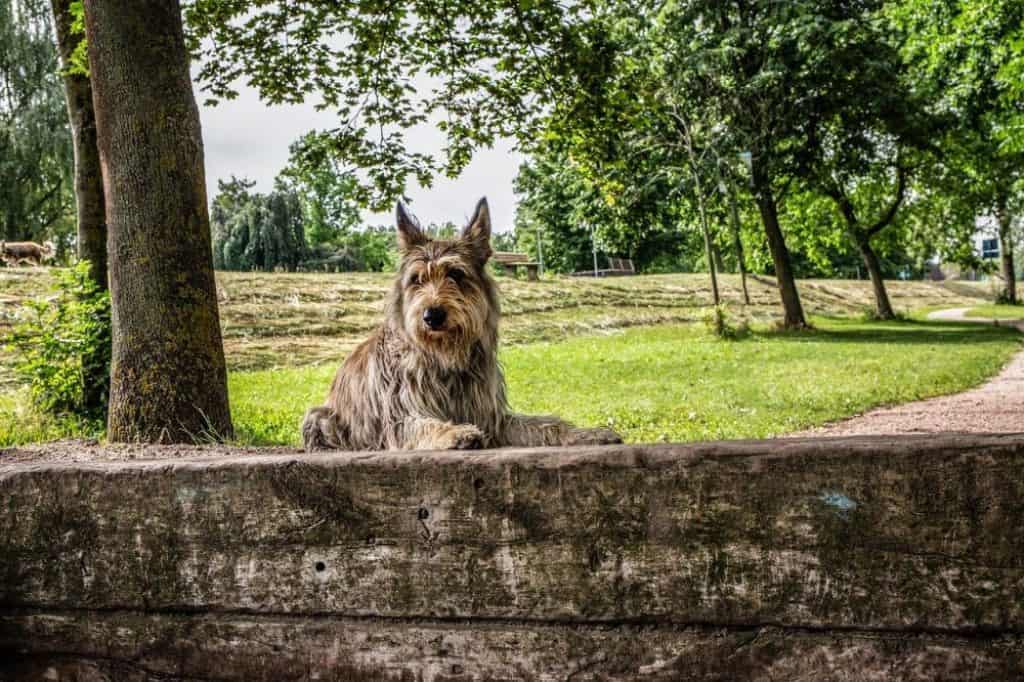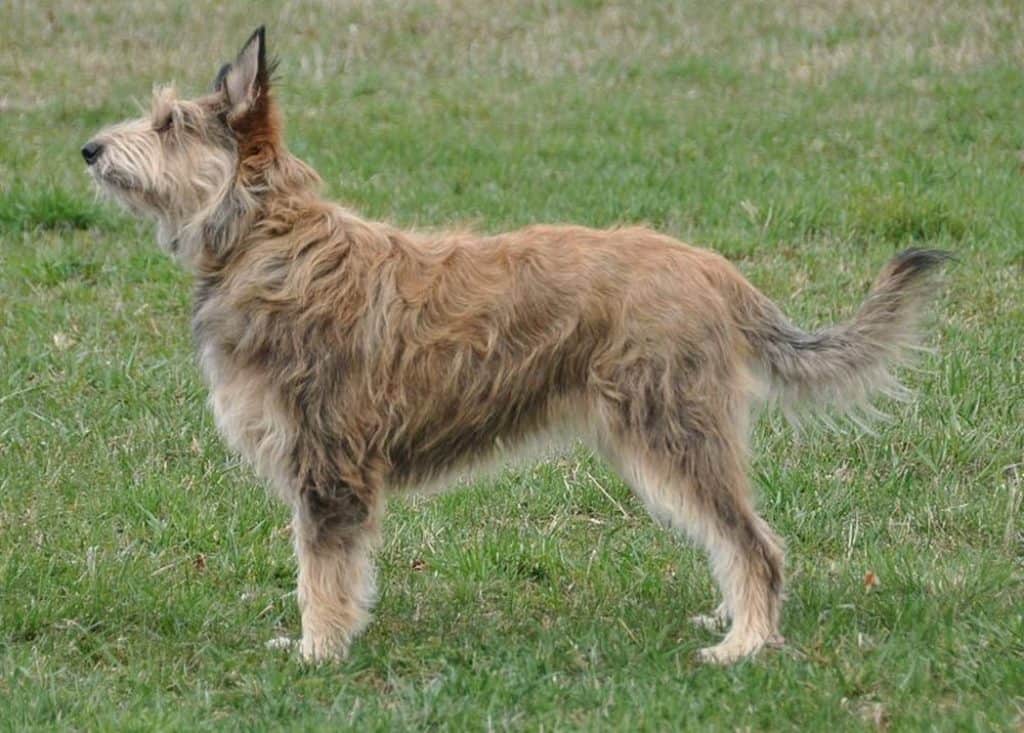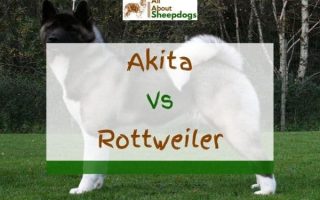Berger Picard is a wonderful, although fairly rare, breed. Hailing from France, they served local farmers for centuries and helped them with taking care of the livestock.
Today, they found their place mostly as loving family dogs. Berger Picards are very energetic, playful, and friendly. They will gladly join in any family activity.
However, as we all know, owning a dog is not all fun and games.
If you’re thinking about getting a Berger Picard, you should also consider all the responsibilities that owning this breed brings.
Prior to getting a dog, find out do Berger Picards shed as it will significantly affect the time you need to invest in caring for them.
High-shedding breeds can leave hair all over your house and require a lot of work.
Below, you’ll find out if Berger Picards are like that and all the other information about their coats and shedding issues.
So, let’s dive in!
[wpsm_toplist]
Do Berger Picards Shed?

Even though you may think that they leave a mess behind them due to their shaggy appearance, Berger Picards don’t belong among the group of dogs that sheds the most.
Berger Picards are known to shed moderately as a part of the natural cycle of hair growth.
However, during shedding season, which occurs at least once a year, they shed more heavily as they replace their entire coat.
As relatively low-shedding breeds, Picards don’t require a lot of maintenance.
Outside the shedding season, a weekly brushing session is more than enough. It will keep the coat clean and combed out and prevent matting.
Nevertheless, during the heavy shedding period, you’ll have to up your grooming efforts and brush them more frequently, every day or every two days.
In addition, Picard’s coat isn’t too oily and naturally repels dirt, so they don’t have a characteristic “doggy” odor and require only an occasional bath.
What Kind of Coat does a Berger Picard Have?
The Berger Picard’s body is covered with a shaggy, waterproof double coat. The undercoat which provides insulation is short, dense, and soft.
The topcoat is 2-3 inches long (a bit shorter on the top of the head), coarse, and crisp to touch. It’s neither flat nor curly, but only slightly wavy.
Berger Picard’s coat gives them a characteristic look, known as “griffonage” which makes them look somewhat untidy and unkempt.
This look is created by coat accents on the neck and head. It includes rough eyebrows, a ruffled beard and mustache, and a slight ruff around the neck.
To maintain this untidy, but very adorable look, Berger Picards are rarely excessively groomed so that their coat outline can remain rough and natural.
However, the coat should never be so abundant and profuse to hide the outline of a dog’s body.
Berger Picard Coat Color
The most common coat colors of Berger Picard are fawn or brindle, which may occur in various combinations.
The fawn coat may be clear fawn which features no dark markings. Another option is fawn charbonné or fawn with charcoal.
This color pattern also has dark trim around the ears and grey underlay over the head and the body.
This grey underlay is rarely prominent enough to alter the primary fawn color.
Brindle Berger Picards may feature any shade of base color, from nearly black to grey. The small patches of red, grey, brown, black, or fawns, are distributed all over the body.
Also, sometimes a dog can have a small white patch on the chest or the toes of its paws.
Any other color combination found at Berger Picards is not standard and is likely a sign of crossbreeding somewhere along the lineage.
How Do You De-Shed A Berger Picard?

As an owner of a double-coated dog, such as Berger Picard, one of the first things you should learn is that you can’t solve the shedding problem by clipping the dog’s hair.
The short hair will still shed but it will only be more difficult to clean. To properly deal with shedding, you’ll need to de-shed your dog.
This means that you’ll have to physically remove any loose undercoat hair that is left as a result of shedding.
This will not, of course, stop the shedding but it will help you bring it under control.
[amazon box=”B01M14GWS2″]
De-shedding is done with an special undercoat rake. A regular brush just won’t do.
The loose undercoat hair should be removed by using gentle and steady strokes.
It’s important to stay patient and not speed up even if de-shedding takes a lot of time. More pressure and faster strokes will result in a shoddy job and may even hurt the dog.
Are Berger Picards Hypoallergenic?
Berger Picards do not belong in the hypoallergenic group of dogs which is bad news for all owners who are susceptible to allergies.
Even though they’re not one of the big shedders, they still shed their scruffy coats throughout the year, leaving the hair around the house.
This helps the distribution of pet dander throughout your home.
The dander, along with the dog’s saliva, is the main cause of the allergies, despite the common misconception that it’s the hair itself that bothers sensitive people.
So, if you’re overly prone to allergies and concerned about the potential reactions, you may want to look at some other breeds.
Conclusion
While the scruffy coat and unkempt appearance of Berger Picard may bother some, it’s actually the biggest part of their appeal.
Shaggy mustache, beard, and eyebrows are their most distinctive visual characteristics and are not in any way a sign of improper care by the owner.
The abundant coat hair also helps Picards keep warm in cold weather.
However, it also means that they will shed and that you’ll have to invest some work into caring for your dog.
Still, don’t be alarmed, they don’t shed profusely and won’t make a big mess. Berger Picards are relatively low maintenance, especially compared to some other long-haired breeds.
They can take pretty good care of themselves and their coat is fairly dirt-repellent which helps them stay mostly clean.
Nevertheless, be prepared for a bit more work during the heavy-shedding season.







